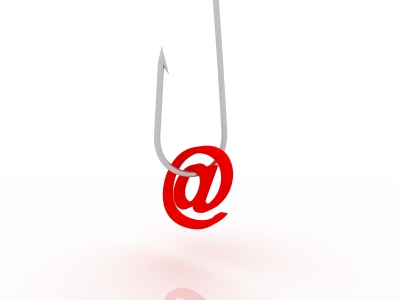These days, Internet privacy is all the rage. One of the rising trends is ‘Do Not Track.’ This means giving Internet users the option of preventing websites from tracking their surfing behaviour. The Federal Trade Commission is getting into the act with Do Not Track and Microsoft’s new version of Internet Explorer was going to have it as a preset but it was changed.
In principle, this sounds nice. After all, we’re all nervous about Big Brother stuff like cookies and tracking. What people don’t realize is that tracking is essential for advertisers and marketers. It’s the only way we can put relevant offers in front of people who can use them.
Tracking isn’t evil at all. It’s just an extension of regular advertising. Consumers get all kinds of free content. For example, major television channels are free to watch. They survive by showing advertisements during the commercial breaks. As much as we hate commercials, we know that they’re what keep TV stations alive.
Online advertising works in the same way. Most websites don’t charge you for consuming their content, but the reason you get the content free is that they offer advertising.
How “Do Not Track” Works
Do Not Track offers settings and signals that users can choose. It shows a header that says ‘Do Not Track.’ At the time of writing, there is no legal mechanism in place for enforcing Do Not Track. The header appears but marketers can simply ignore it. It basically makes people feel better about their web surfing, believing that they’re protecting their privacy.
However, a few years ago they passed the cookie law in the European Union. This law states that site visitors have to agree to let a site put tracking cookies on their computer. This sets a dangerous precedent. Following this model, it could lead to a situation where users have to opt in to simply view a site. Otherwise, the site can’t show its advertisements.
Some predict that this will be the end of free web content. Only the big companies will be able to afford traditional forms of advertising and it’ll be harder for small sites to compete.
The End of a Business Model
Without tracking, online marketers are shooting in the dark. There’s no way to place targeted ads. You know the challenge of getting conversions with the advertising model we’ve got right now; imagine if it changed so that you can’t track.
Right now, it’s easy for any person to set up a site and use one of the many ad networks available to place ads. They can monetize their website or blog and it can pay for itself. Without this advertising model, it’s back to the drawing board. The little guy or gal who can make a living online right now is going to have a hard time doing it.
While there’s no need to panic right now, it’s probably a good idea to keep an eye on developments. We may need a major shift in strategy if we want to continue making money online in the ‘Do Not Track’ future.
Tony




